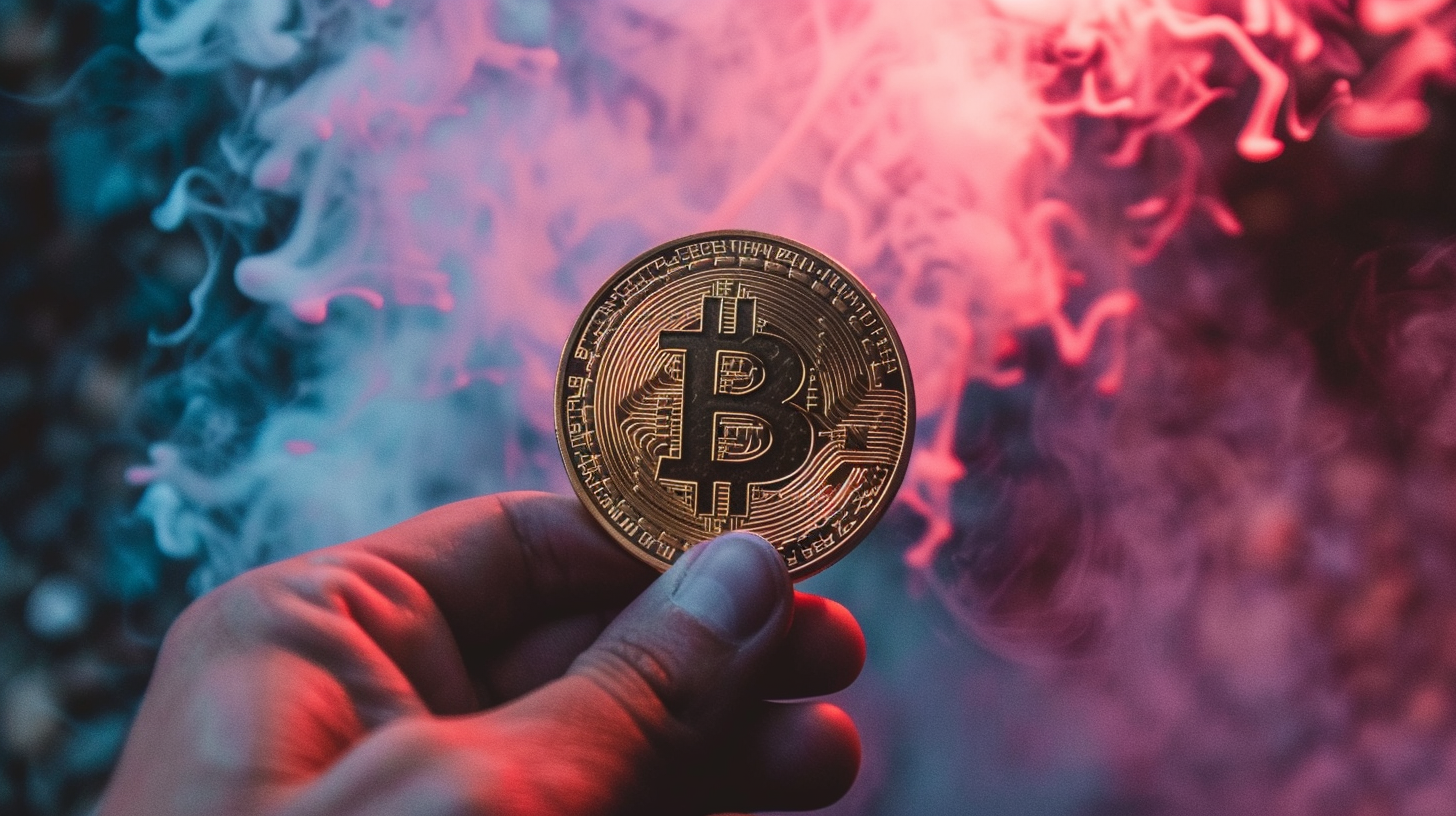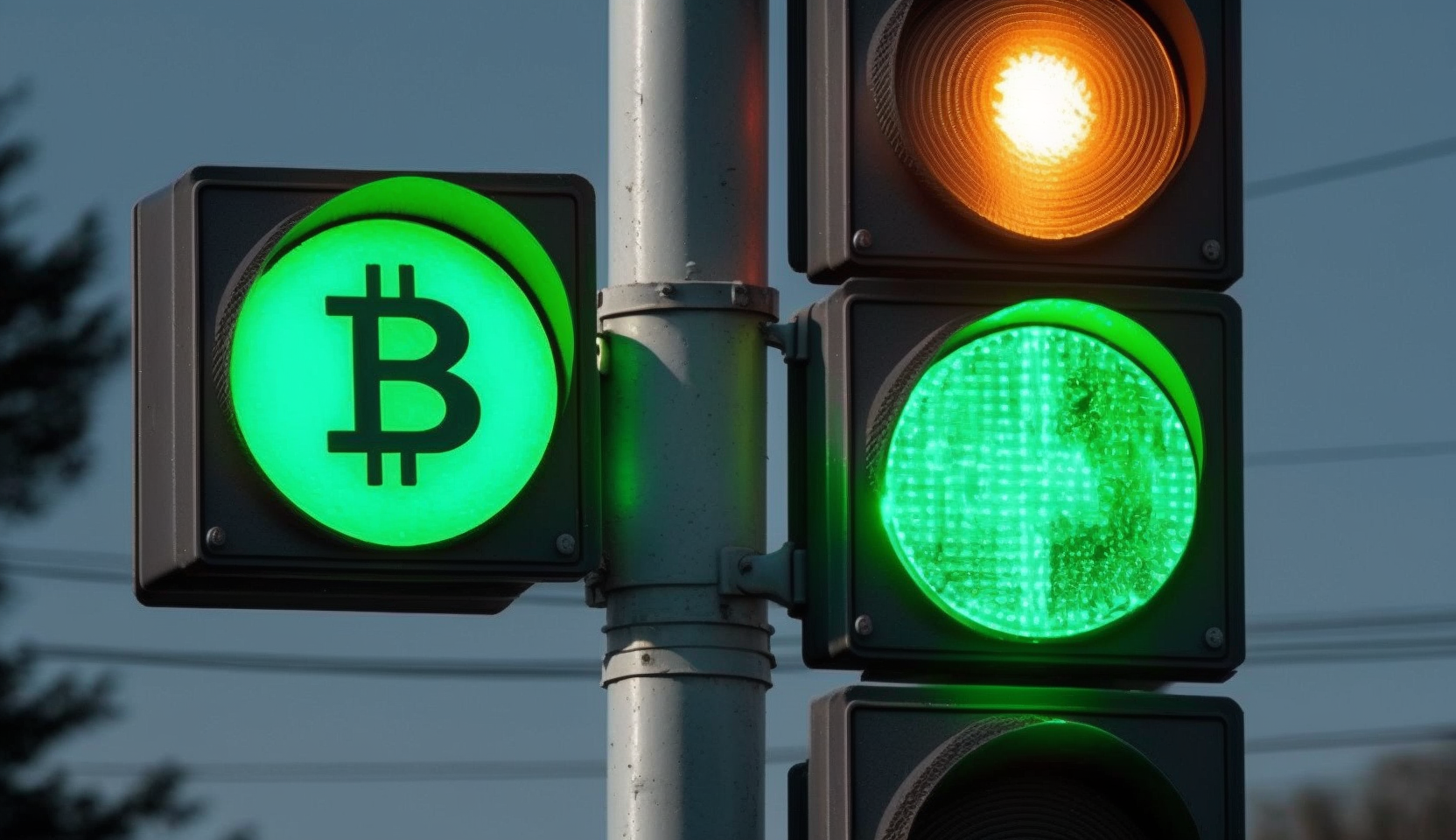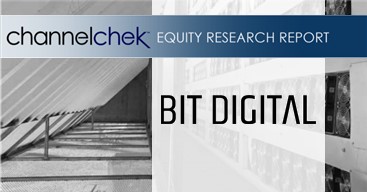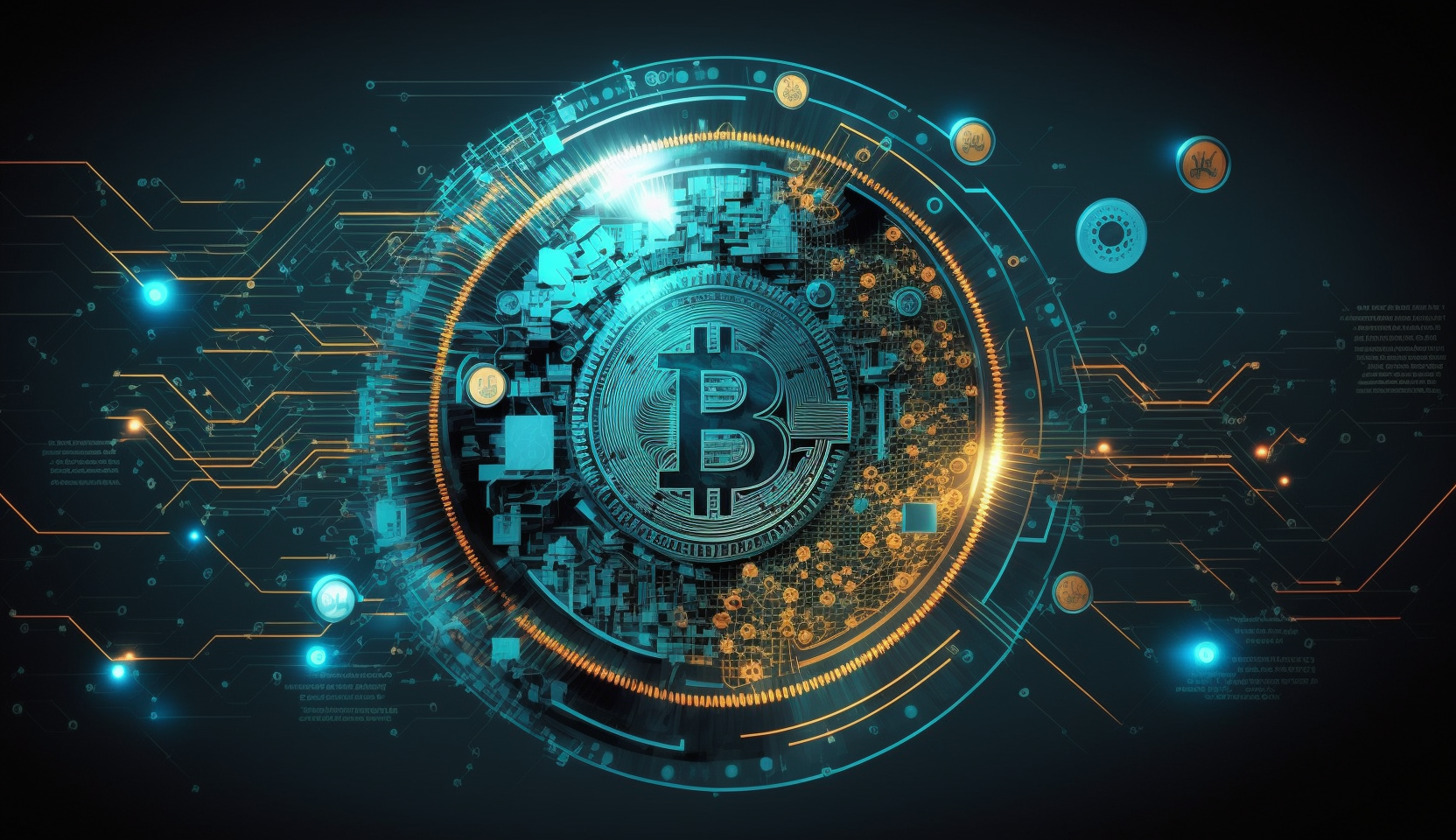In a bold move that could significantly reshape the cryptocurrency mining industry, Riot Platforms Inc. has made an unsolicited offer to acquire rival Bitcoin miner Bitfarms Ltd. for $950 million. This acquisition bid, which includes both cash and stock, values Bitfarms at $2.30 per share, a 20% premium over its pre-offer trading price. Riot’s aggressive strategy is driven by recent industry dynamics and Bitfarms’ internal challenges, and it has the potential to profoundly impact the Bitcoin mining landscape.
Riot Platforms, already a major player in the Bitcoin mining sector, has taken a 9.25% stake in Bitfarms, making it the largest shareholder. This move follows Bitfarms’ management turmoil, including the firing of interim CEO Geoffrey Morphy, who is now suing the company for $27 million in damages. Riot’s initial offer, made on April 22, was rejected by Bitfarms’ board without substantive dialogue. Undeterred, Riot plans to call a shareholder meeting to appoint new independent directors, signaling a clear intention to influence Bitfarms’ strategic direction.
The proposed acquisition highlights a significant trend in the Bitcoin mining sector: consolidation. This trend has been accelerated by the recent Bitcoin “halving,” an event that occurs approximately every four years and cuts the rewards miners receive for validating transactions by 50%. This reduction in rewards tightens margins and pushes miners to either scale operations or seek consolidation to maintain profitability.
For Riot, absorbing Bitfarms would create the largest Bitcoin miner globally, based on projected computing power growth. This expansion would significantly enhance Riot’s Bitcoin production capabilities, positioning it alongside industry giants like Marathon Digital Holdings Inc. and CleanSpark Inc. The increased scale and capacity would provide Riot with greater negotiating power, more efficient operations, and improved resilience against market fluctuations and rising energy costs.
Riot’s pursuit of Bitfarms sends a clear message to other players in the Bitcoin mining space: scale is essential for survival and success in the post-halving era. Smaller miners, already struggling with reduced revenues and limited access to capital, may find it increasingly challenging to compete against larger, resource-rich companies. This could trigger a wave of mergers and acquisitions as miners seek to consolidate resources, optimize operations, and leverage economies of scale.
For instance, Bitcoin miner Stronghold Digital Mining Inc. is already exploring strategic alternatives, including a potential sale. As the industry adapts to the new economic realities imposed by the halving, more companies might follow suit, either by seeking mergers or becoming acquisition targets themselves.
The consolidation trend among Bitcoin miners has broader implications for the cryptocurrency industry. Firstly, it could lead to increased centralization of mining power, potentially raising concerns about the decentralization ethos of Bitcoin. However, it could also result in more efficient and stable mining operations, reducing the risk of disruptions and enhancing the overall security and reliability of the Bitcoin network.
Moreover, large-scale miners like Riot, with significant resources and capacity, are better positioned to adopt sustainable practices and negotiate favorable energy contracts, potentially addressing some of the environmental criticisms faced by the industry.
Riot Platforms’ bid to acquire Bitfarms marks a pivotal moment in the evolution of Bitcoin mining. This strategic move underscores the importance of scale in navigating the post-halving landscape and sets the stage for further consolidation in the industry. For investors and stakeholders in the cryptocurrency space, this development highlights the dynamic and competitive nature of Bitcoin mining, where agility, resources, and strategic vision are key to thriving in an ever-evolving market. As the industry continues to mature, the actions of major players like Riot will undoubtedly shape the future of cryptocurrency mining and its role within the broader financial ecosystem.













